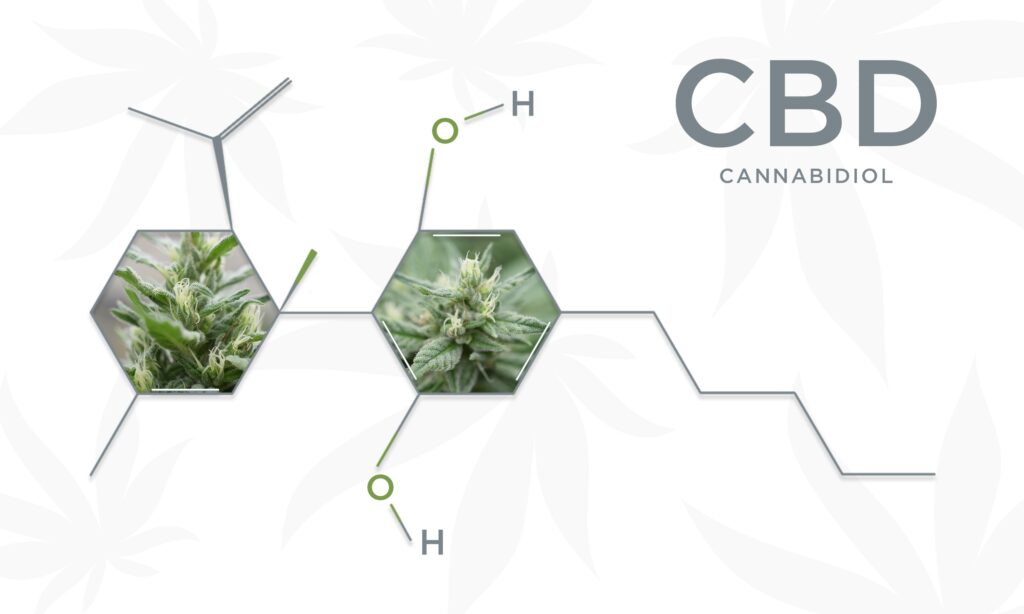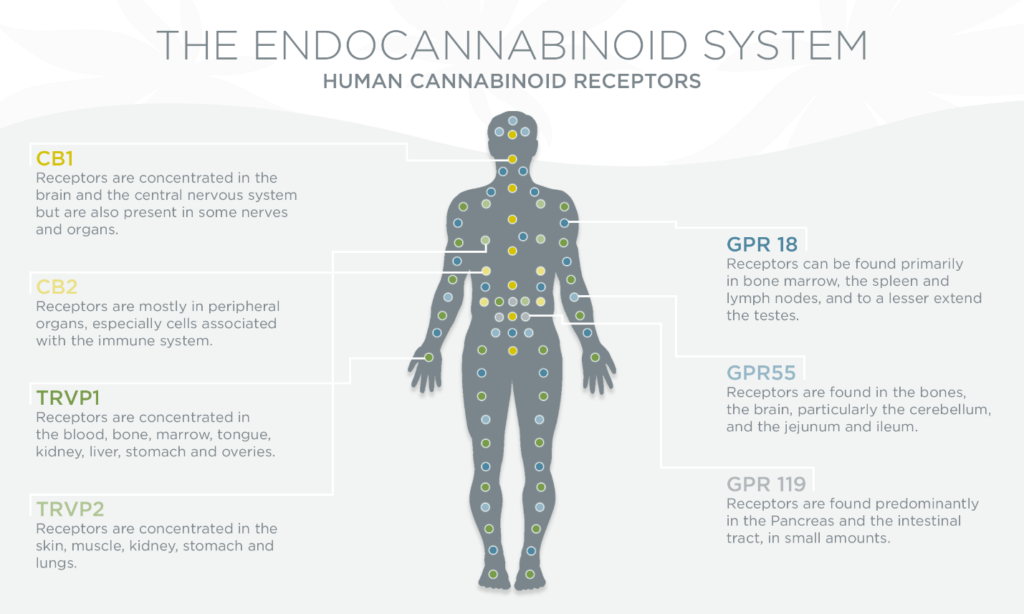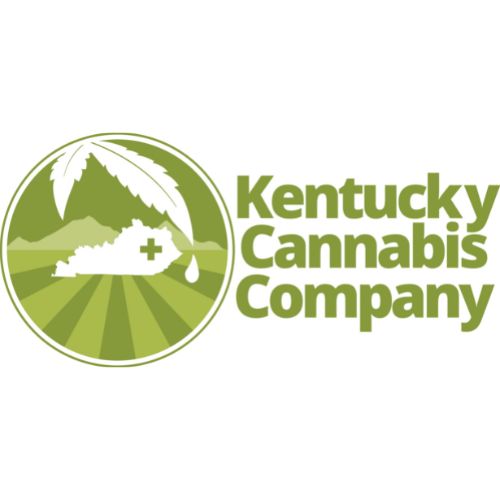In today’s market, shopping for CBD is confusing. Reading and understanding CBD product labels can be overwhelming. To help you navigate the products on the market, we wrote about how to shop for CBD in 2018. This updated guide remains pretty consistent with that blog but everything deserves a little freshening up now and then!
Let’s begin with the basics – Cannabis vocabulary 101

CBD vs. THC
CBD (Cannabidiol) and THC (Tetrahydrocannabinol) are both naturally occurring compounds found within cannabis varieties. CBD is the predominate cannabinoid found in hemp; while THC is the predominate cannabinoid in “marijuana”. Both cannabinoids have been studied to be largely therapeutic; however, they are still different in their effects and benefits. The most notable difference is in the feeling related from their use. THC is most know for it’s intoxicating feeling, the “high” that comes with marijuana use. CBD on the other hand does not have an intoxicating feeling.
It’s important to keep in mind that CBD and THC are known to work better together than they do alone, known as the entourage effect.
CANNABINOIDS, TERPENES AND FLAVANOIDS
In addition to CBD and THC, there are over 100 other known cannabinoids, (although every cannabinoid is not present in every variety) plus a whole bunch of other compounds called terpenes and flavonoids.

Cannabinoids work with your body’s endocannabinoid system. This system was discovered in the 1990’s and is responsible for maintaining balance within the body. Its goal is homeostasis.
Like cannabinoids, terpenes have also been studied to have therapeutic and health-boosting benefits. And flavonoids, compounds also found in green tea and certain fruits, have been shown to protect against disease.
FULL SPECTRUM, BROAD SPECTRUM AND ISOLATE
In our last podcast, we discussed the differences between CBD isolate, full-spectrum CBD, or broad-spectrum CBD. If you haven’t heard it yet, you can listen to it on our Podcast page. But to quickly recap –
Full-spectrum CBD contains all the naturally occurring cannabinoids and terpenes of the cannabis plant, including THC. However, in hemp-derived full-spectrum CBD, the THC will be no more than 0.3% due to the current regulations.
Broad-spectrum CBD has all the naturally occurring compounds, except THC.
CBD isolate is just that. CBD that has been isolated from the other compounds of the cannabis plant. CBD isolate should have no THC and no terpenes.
So, which should you choose? If you are looking for true success, you’ll want to choose a full-spectrum product. It is the only way to experience the full benefits of the plant — with all the cannabinoids and other compounds working synergistically.
However, given your situation, broad-spectrum and CBD isolates might be your only option if you are subject to workplace drug screening. Products with any amount of THC (intoxicating or non-intoxicating) will still show up on a drug test – albeit in varying amounts.
TIME TO BUY
Once you’ve decided upon the type of product you’re looking for, it’s time to look to the label.
First of all, it should look like a label you would find on any non-CBD products. Things like size, ingredients, “manufactured by” and nutrition facts should all be there. Labels shouldn’t look like they were printed on an at-home printer and cut out by hand. With as much “shady” product on the market today, you can’t be too careful.
Now look to the ingredients/ nutrition facts. Make sure the product actually has CBD or cannabidiol in it. It should be plainly stated on the bottle. Some products will list “hemp extract” as an ingredient, which is great, BUT to ensure you are getting CBD, they should also clearly state how much CBD is in the bottle and how much CBD you get per serving.A lot of confusion exists around this specifically because the number that’s often displayed on the front of the bottle and gets more prominence is the amount of CBD in the entire product, not the serving size. Some products push the confusion even further by listing the total cannabinoids and not just CBD.
To be safe, look for the milligrams per milliliter (mg/mL) instead. This will help you determine the actual concentration per serving. If it is not listed, you’ll need to take the total milligrams and divide it by the total number of servings.
Something else to keep in mind… Do not be fooled by products that have no mention of cannabidiol and only list hemp seeds, hempseed oil, or Cannabis sativa seed oil. These ingredients do not contain CBD and therefore do not offer the same benefits.
Now, what other ingredients are in there? You should expect to see some sort of carrier oil. Common choices are MCT oil, grapeseed oil, olive oil and hemp seed oil. Are there any other ingredients listed? What are they and what is the benefit of them being included? Many products on the market today will add flavorings to cover the fact that they’ve removed the terpenes or as an attempt to cover a low-quality extraction process. Be sure to understand the ingredients and the why behind them.
THIRD PARTY TESTING
A reputable CBD product will come with a Certificate of Analysis (COA). This means it’s been verified by an independent laboratory for its purity and potency. On the COA, you’ll want to verify that the CBD and THC concentrations on the COA match what’s stated on the product label. Labeling inaccuracies are a common issue with CBD products unfortunately. A recent study revealed that only about 31 percent of products are labeled correctly.
We hope this guide helps you in navigating the CBD market and the number of products available! Be sure to listen to our most recent podcast to learn even more about how to navigate the labels of CBD products. If you have any questions about this, please comment below or give us a call at 859-963-3550


Recent Comments